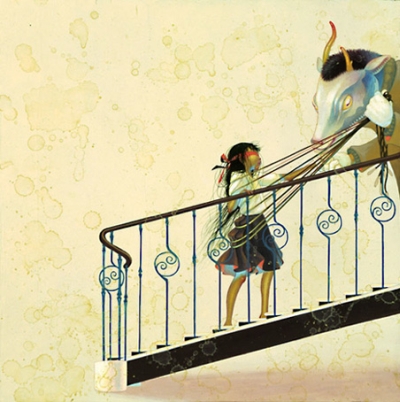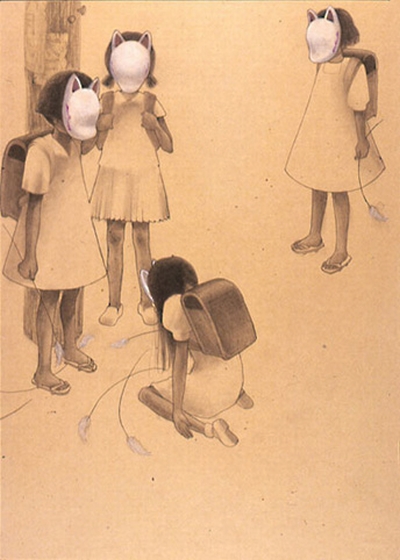Harvey Pekar 1939-2010
One of Cleveland’s great contributions to the world passed away yesterday. Harvey Pekar, curmudgeon and cartoonist, was found dead of unknown causes by his wife Joyce Brabner. He was 70 years old. Pekar was, of course, best known for his award-winning comic American Splendor, an autobiographical work that detailed both his daily life and the city he lived in.
Pekar’s start in comics came via Robert Crumb, the two having become friends in the ’60s after meeting at a swap-meet. Crumb encouraged Pekar’s interest in comics and his first story, “Crazy Ed”, appeared in Crumb’s The People’s Comics. Crumb would also go on to illustrate the early issues of American Splendor.
It’s an intriguing aspect of Pekar’s work. Most autobiographical comics are both written and illustrated by the same person, if for no other reason than than the personal nature of the subject matter. American Splendor, on the other hand, was illustrated by a rotating lineup of artists, including Spain Rodriguez, Joe Sacco, Chester Brown, Jim Woodring, Alison Bechdel, Gilbert Hernandez, Eddie Campbell, and a host of others, including many Cleveland-based cartoonists, his wife Joyce, and writer Alan Moore.
Despite all this contributing talent, American Splendor was Pekar’s in every way – and not only because he happened to star in it. Pekar was unflinching in its depiction of his life. Whether he was detailing his work as a file clerk at the VA hospital or the harrowing year of undergoing treatment for lymphoma, Pekar’s writing managed to be both plain and poetic. It also benefited from at least seeming to be completely unfiltered. It’s honesty sprang from the distinct impression that every neurotic thought, all those feelings of self-doubt, loathing, and anger, all the things most people filter out when relating their stories was there on the page.






